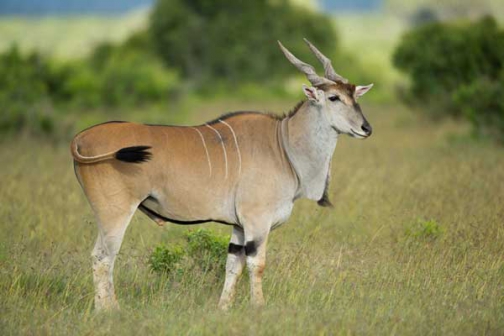
Kenya lost nearly a third of its wildlife population in the last 40 years according to a new study. And more than a dozen wildlife species could become extinct in a couple of years unless urgent remedial measures were taken. It was that too much focus on the big five, especially elephants and rhinos has masked the devastation to other species.
“Our results show that wildlife numbers declined on average by 68 per cent between 1977 and 2016,” says the report by the Directorate of Resource Surveys and Remote Sensing (DRSRS), the International Livestock Research Institute and Germany’s University of Hohenheim.